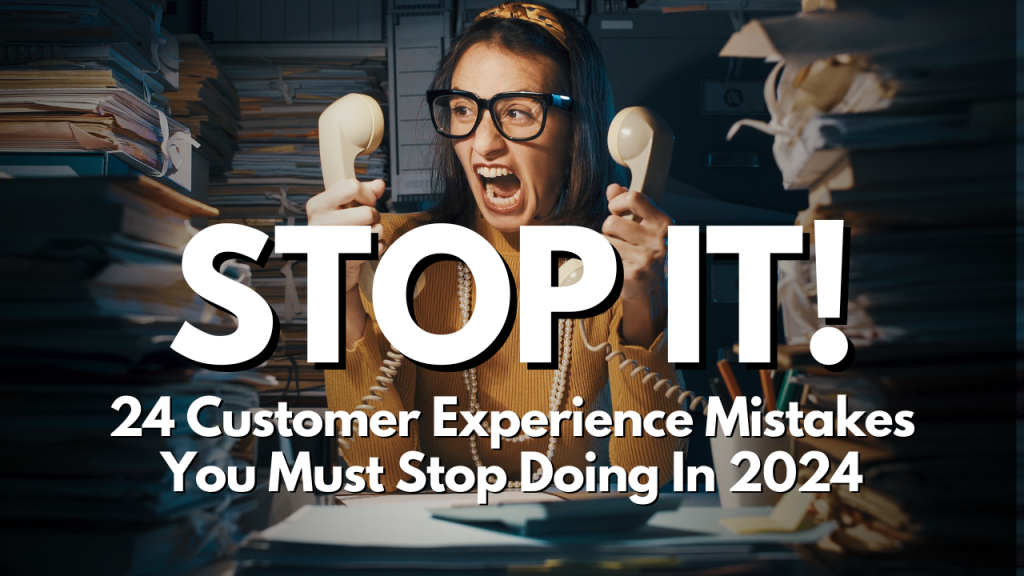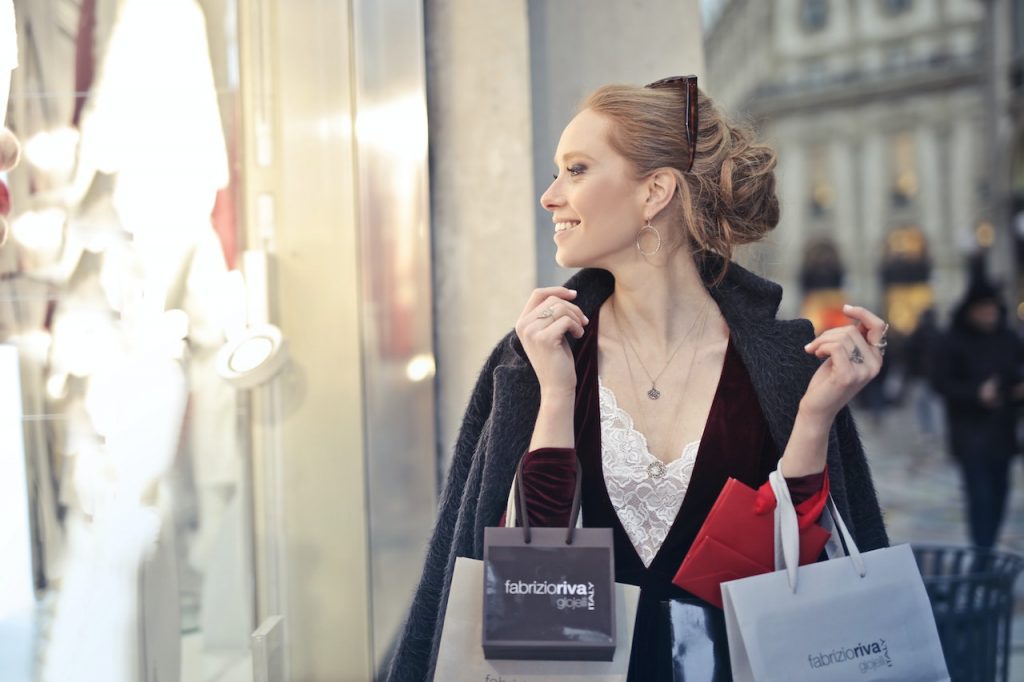
GUEST POST from Shep Hyken
Bad customer experiences could cost organizations throughout the world $3.7 trillion annually. That’s according to new research by the experience management company Qualtrics. This figure is up 19% from the company’s projections last year ($3.1 trillion). This is a mind-blowing statistic considering the importance companies and brands are putting on customer service and experience.
During the third quarter of 2023, Qualtrics surveyed about 28,400 consumers in 26 countries about their bad experiences with organizations across 20 different industries. The good news is that the survey found consumers had 2% fewer bad experiences compared to the year before. Still, because of increased spending and other factors, the result is a potential loss that, to put it in perspective, is more than double the U.S. deficit in 2023.
Our just released 2024 customer service and CX research (sponsored by RingCentral) also has some important findings that support the need to provide a better experience. While the Qualtrics survey is international, we focused on the U.S. consumer, matching the census for age, gender, ethnicity and geography. So, what do these findings mean for a company or brand? They have two choices: accept the loss due to a bad experience or create a competitive advantage with a service experience that drives higher sales, higher profits and customer retention. Consider the following:
- In 2024, 88% of customers think customer service is more important than ever. That’s up from 83% in 2022 and 2023. In 2010, major consulting firms (Walker, Forrester, Bain and others) started predicting that within 10 years, the customer experience would be as important—if not more so—than the product. Of course, the product has to work, but comparable products can usually be purchased from numerous retailers or vendors.
- In 2024, 64% of customers said no matter how much they enjoy the product, if the company doesn’t provide good customer service, they will find another company to do business with. And that’s the point those major consulting firms were making more than 10 years ago! While product quality will always be important, the majority of today’s customers (more than six out of 10) insist on an experience that meets their expectations.
- In 2024, 85% of customers are willing to go out of their way to do business with a company that has better service. That’s up from 76% last year. Customers are willing to put forth more effort, spend more time, drive farther and put up with other inconveniences if they know the company or brand will provide a better experience than a CX laggard that may be more convenient. So, the question is: Are you the company that customers go out of their way to do business with?
- In 2024, 94% of customers feel convenience is important. Convenience is the highest rated experience customers want. But as you saw in the prior finding, convenience with bad customer service still puts you at a high risk of losing customers.
- In 2024, the top three reasons customers come back to a company are helpful, knowledgeable and friendly employees. Customer service doesn’t have to be complicated. How hard is it for people to be helpful and friendly? And being knowledgeable is a function of training and education. These three together create a powerful experience that gets customers to come back and evangelize a company or brand.
These findings are meant to make you think about the advantages and disadvantages of delivering an excellent experience. I’ve always preached that customer service is common sense—that’s not always so common. Customer experience includes service, but there’s more to it as you look beyond the traditional human-to-human contact, and instead, analyze every interaction the customer has with your organization. To eliminate some of the complications and confusion, start with the end in mind, which is to understand your customers’ “journey” and what you must do to meet their needs and expectations. Build out the experience from there—an experience that doesn’t push them to the competition, but instead gets them to say, “I’ll be back.”
Image Credits: Pixabay
This article originally appeared on Forbes.com
![]() Sign up here to join 17,000+ leaders getting Human-Centered Change & Innovation Weekly delivered to their inbox every week.
Sign up here to join 17,000+ leaders getting Human-Centered Change & Innovation Weekly delivered to their inbox every week.



 Drum roll please…
Drum roll please…




